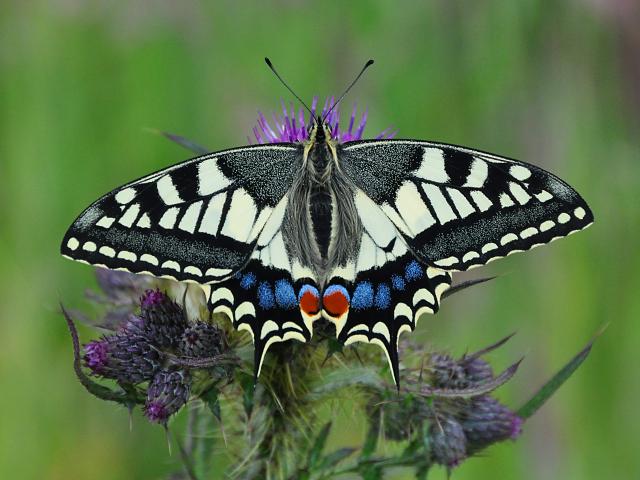76% of butterflies have declined in abundance or distribution since 1976
We may be the last generation to enjoy butterflies and moths in abundance
Butterflies and moths are natural indicators of how well or poorly our environment is doing, and it's clear that something is most definitely wrong. Seeing a butterfly or moth shouldn't be a rare thing, but 76% of butterflies have declined since 1976.
That's a shocking statement isn't it? Those born in 1976 will only be in their 40s now, and yet in their lifetime more than three quarters of our butterfly species have declined in abundance or distribution. Are we really going to be the last generation to enjoy regularly seeing butterflies and moths?
Climate change, along with biodiversity loss, is pushing much of the natural world to the brink - including many of our most treasured butterflies and moths. This may be the last chance we have to prevent the extinction of some of the UK's most loved species.
However.....
We've brought species back from the brink of extinction and we can do it again
Butterfly Conservation is the charity using science and research to save the species most at risk. We have done it before and we can do it again. Read about how we have helped reintroduce the Large Blue back to the UK, and also how our ongoing work with the Chequered Skipper is helping to save this butterfly for future generations.

Play your part
Find out how you can make a difference for butterflies and moths in your own garden, and download our free guide to Gardening for Climate Change.
.png)
Make a difference
Help us to identify and save the moths at risk of extinction by donating to our Climate Change Appeal today.

Join us
Join us in saving butterflies and moths for future generations and receive regular updates on what you can do to help.
Will we be the last generation to see these species?
.jpg)
Lappet
This moth has declined by a staggering 98% in abundance and 61% in distribution.
.jpg)
Small Tortoiseshell
This garden-favourite shows significant decline in Britain and fewer were spotted in this year's Big Butterfly Count than in 2020.
.jpg)
Scotch Burnet
Found in the Cairngorms, this moth could be at risk of extinction as climate change causes temperatures to rise.

High Brown Fritillary
The High Brown Fritillary has undergone a massive decline since the 1950s and is now Britain’s most endangered butterfly.

-2.jpg)